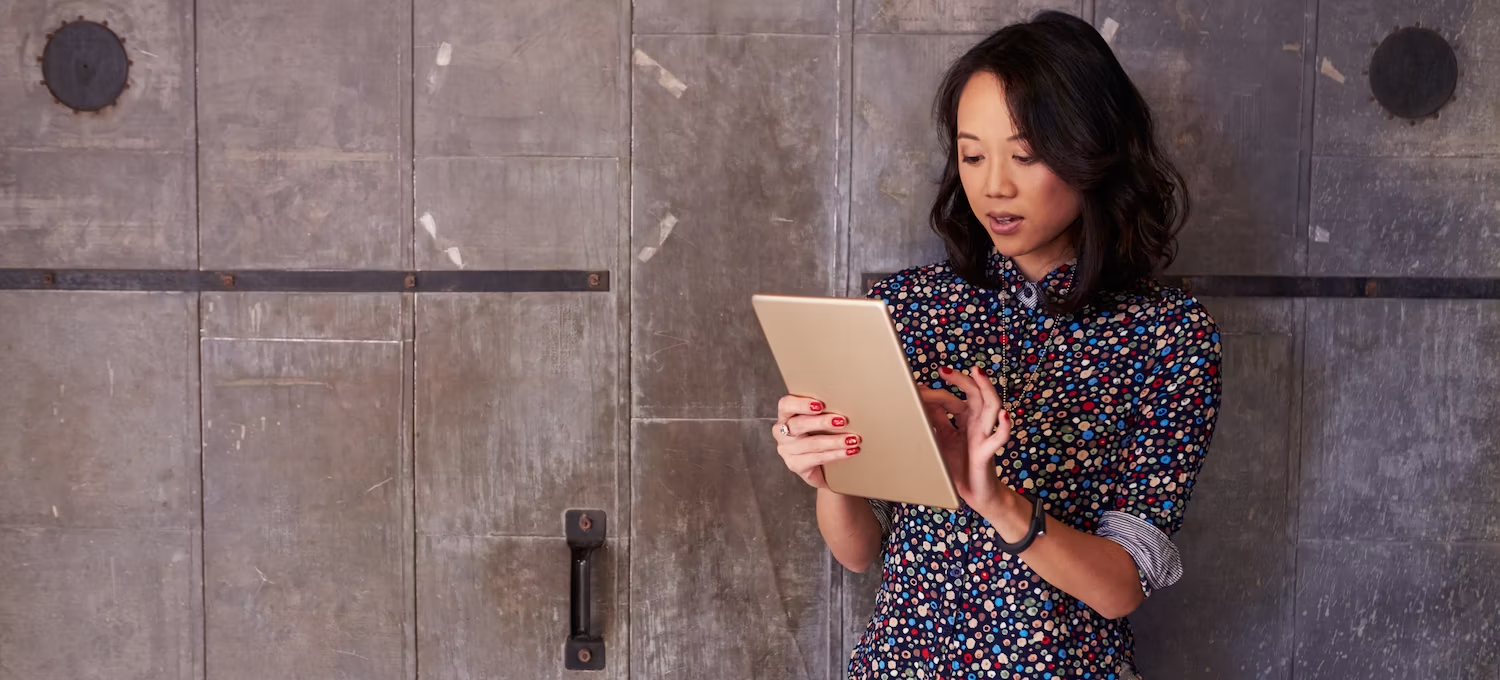The Future of Web Design: Trends, Principles, and Strategies for 2025
In the fast-paced digital age, web design continues to evolve as one of the most critical components of online presence. As we move further into 2025, web design is not just about aesthetics—it’s about functionality, speed, accessibility, and delivering seamless experiences across a multitude of devices. Whether you’re a designer, developer, entrepreneur, or digital marketer, understanding the trends and fundamentals of web design can elevate your online strategy and set you apart in a crowded market.
Understanding the Role of Web Design
Web design is the process of planning, conceptualizing, and arranging content intended for the internet. Modern web design goes beyond static images and text; it involves interactive elements, responsive layouts, intuitive navigation, and performance optimization. A well-designed website builds credibility, strengthens brand identity, and improves user engagement.
Web design today includes:
-
Visual Design: Colors, typography, layout
-
UX/UI Design: User experience and user interface considerations
-
Responsive Design: Adaptability across devices and screen sizes
-
Performance Optimization: Speed, security, SEO-friendliness
-
Accessibility: Ensuring inclusivity for all users
Top Web Design Trends in 2025

1. AI-Driven Design
Artificial intelligence (AI) is reshaping web design through automation and personalization. Tools like Adobe Sensei, Wix ADI, and Figma AI integrations help designers generate layouts, suggest design elements, and even write content. AI can also track user behavior to adjust content in real-time, creating highly personalized user experiences.
2. Dark Mode and Custom Theme Switching
Dark mode isn’t just a trend—it’s a preference for many users. Websites that offer both light and dark themes, allowing users to toggle between them, improve user satisfaction and reduce eye strain. This feature is quickly becoming a standard rather than a luxury.
3. Neumorphism and Minimalist Design
Neumorphism (a blend of skeuomorphism and flat design) is gaining popularity for its soft shadows and depth effects. However, simplicity remains key. Clean interfaces, plenty of white space, and minimal distractions guide users more effectively through a site.
4. Micro-Interactions and Motion Design
Small animations or “micro-interactions” like button hover effects or progress animations can dramatically enhance user engagement. Motion design adds a dynamic feel, guiding the user’s attention and improving the site’s overall fluidity.
5. Immersive 3D Elements and WebGL
3D visuals powered by technologies like WebGL allow designers to create immersive web experiences. From interactive product displays to 3D portfolios, this trend is particularly effective in sectors like e-commerce, architecture, and gaming.
6. Voice User Interface (VUI)
With the rise of smart speakers and voice assistants, voice-activated navigation is emerging in web design. VUI adds a layer of accessibility and convenience, especially for hands-free use or for users with disabilities.
Core Principles of Effective Web Design
While trends evolve, the foundational principles of good design remain consistent. Here’s what every modern website should aim to achieve:
1. User-Centered Design
Design decisions must prioritize the user’s needs, goals, and behaviors. Conducting user research, creating personas, and mapping user journeys ensure the website aligns with its intended audience.
2. Responsive and Mobile-First Approach
Over 60% of web traffic now comes from mobile devices. A mobile-first design strategy ensures that websites load quickly, look sharp, and function well on all screen sizes. Responsive frameworks like Bootstrap and CSS Grid simplify this process.
3. Fast Load Times
Speed is crucial—not just for user experience but for search engine rankings. Techniques like image optimization, code minification, lazy loading, and efficient hosting can significantly enhance load times.
4. Clear Navigation
Users should find what they’re looking for within a few clicks. Intuitive menus, breadcrumb trails, and clear calls-to-action (CTAs) help streamline navigation and reduce bounce rates.
5. Consistency and Branding
A consistent color palette, font selection, and layout create a unified brand experience. Your website should reflect your brand’s tone and message from the homepage to the contact form.
6. Accessibility and Inclusivity
Websites should be usable by all people, regardless of their abilities. Following the Web Content Accessibility Guidelines (WCAG) ensures your site is navigable using screen readers, has appropriate contrast ratios, and provides text alternatives for media.
Tools and Technologies Powering Modern Web Design
Several powerful tools and technologies support efficient and innovative web design workflows in 2025:
-
Design Tools: Figma, Adobe XD, Sketch
-
Frontend Frameworks: React, Vue.js, Svelte
-
Website Builders: Webflow, Wix Studio, Squarespace
-
CMS Platforms: WordPress, Ghost, Strapi
-
Performance Testing: Google Lighthouse, GTmetrix
-
Version Control: GitHub, GitLab
Integration between design and development environments has also improved, allowing seamless handoffs between teams and rapid prototyping with real-time collaboration.
Web Design and SEO: A Strategic Alliance
Search engine optimization (SEO) and web design are inseparable. An aesthetically pleasing site with poor SEO will fail to attract visitors. SEO-conscious web design involves:
-
Clean code structure
-
Optimized images and media
-
Mobile-friendliness
-
Proper use of heading tags
-
Fast loading speed
-
Structured data implementation
These elements not only enhance rankings but improve the overall usability of a site.
Sustainability in Web Design

Sustainable web design is emerging as a key consideration. Energy-efficient websites are built with clean code, minimal resources, and eco-friendly hosting. Tools like Website Carbon Calculator help designers measure and reduce their digital carbon footprint.
Some strategies include:
-
Reducing image and video file sizes
-
Avoiding auto-play media
-
Minimizing use of third-party scripts
-
Using system fonts and fewer animations
Conclusion: Designing for the Future
Web design in 2025 is a blend of creativity, technology, and user empathy. As devices become more advanced and users more discerning, the role of the web designer shifts from creator to curator of digital experiences. Staying updated with trends, adhering to best practices, and continually learning are key to building websites that are not just beautiful but functional, accessible, and forward-thinking.
Whether you’re revamping an old site or launching a new one, prioritizing user experience, performance, and innovation will ensure your digital presence stands strong in a competitive landscape. Web design is no longer just about looking good—it’s about working smart, fast, and with purpose.

